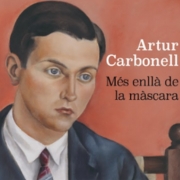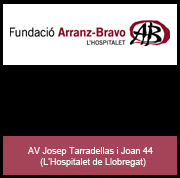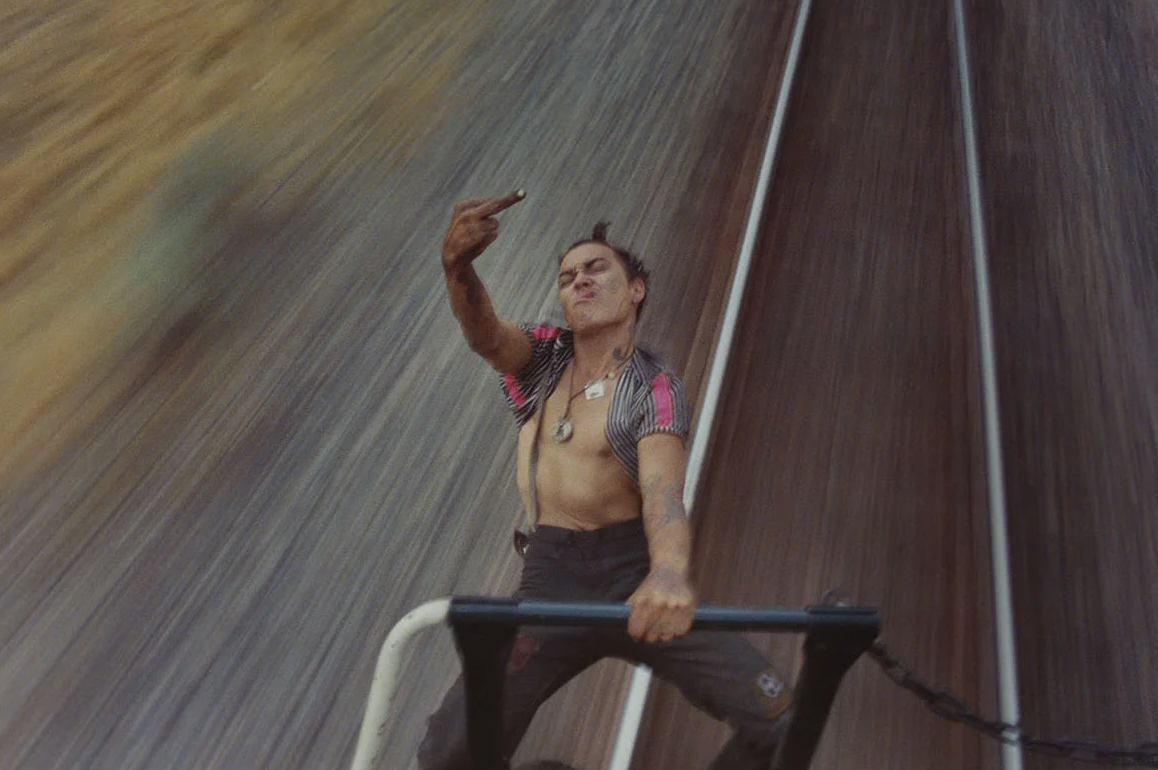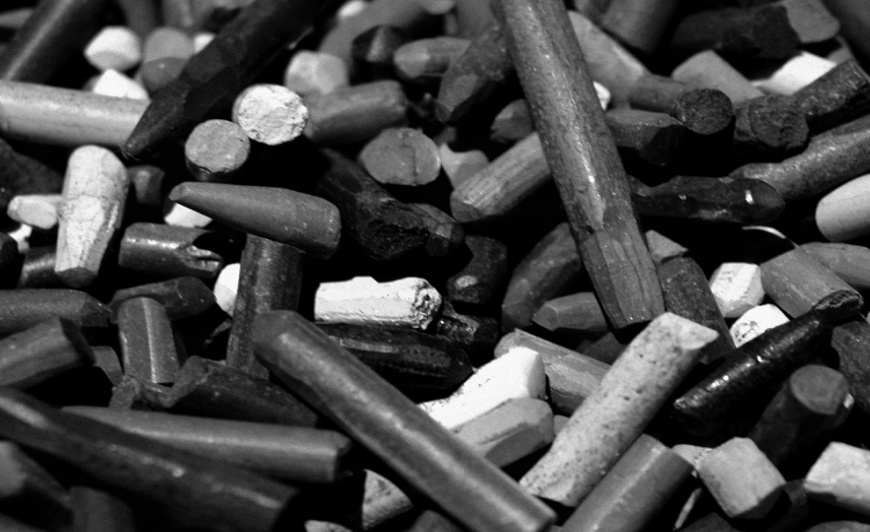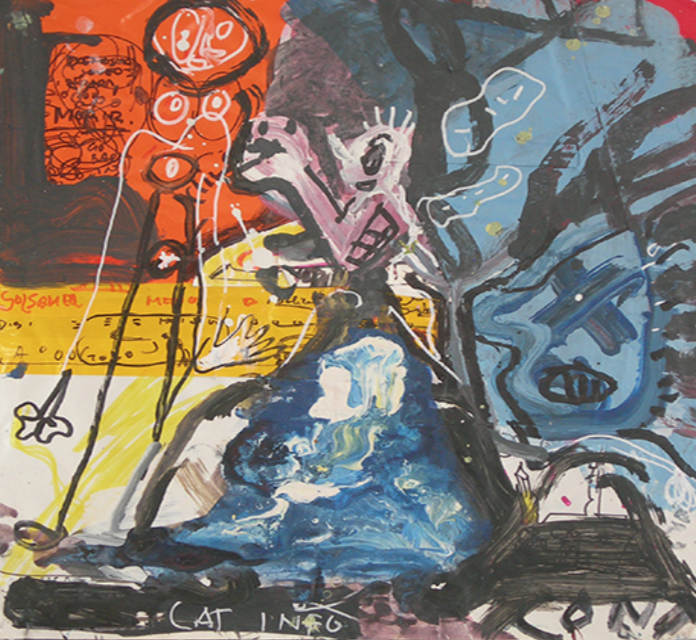Exhibitions
Fundació MAPFRE presents "Tina Modotti" and "The Catalonia of Jules Ainaud (1871-1872)"
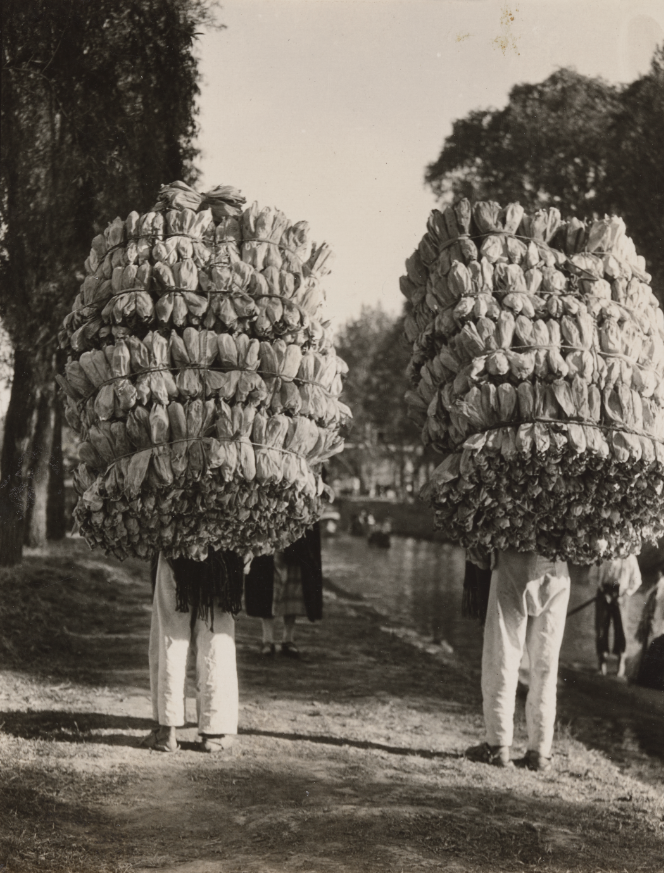
Fundación MAPFRE presented the exhibitions Tina Modotti and La Catalunya de Jules Ainaud (1871-1872) on June 6, which can be visited until September 3, at the KBr photography center, located at Avinguda Litoral, 30 , from Barcelona.
The exhibition on Tina Modotti (Udine, August 16, 1896 – Mexico City, January 5, 1942) recovers the figure of this artist who, since the 1970s, and little by little, we have been getting to know better In addition to emphasizing her relationship with Spain, the exhibition for the first time offers a seamless reconstruction of Modotti's figure, both as an artist/photographer and as a revolutionary/anti-fascist militant.
The exhibition that Fundación MAPFRE presents today is the most extensive that has been made of Tina Modotti to date. Thanks to the work of Isabel Tejeda, we can see in the rooms a large number of period prints (vintage copies) of the author, gathered after a deep research work. It is about two hundred and forty photographs that are grouped chronologically in four sections. In addition, there is an extensive amount of documentary material and one of the films that Modotti starred in in Hollywood. The tour is completed with works by photographers from his immediate surroundings, such as Edward Weston.
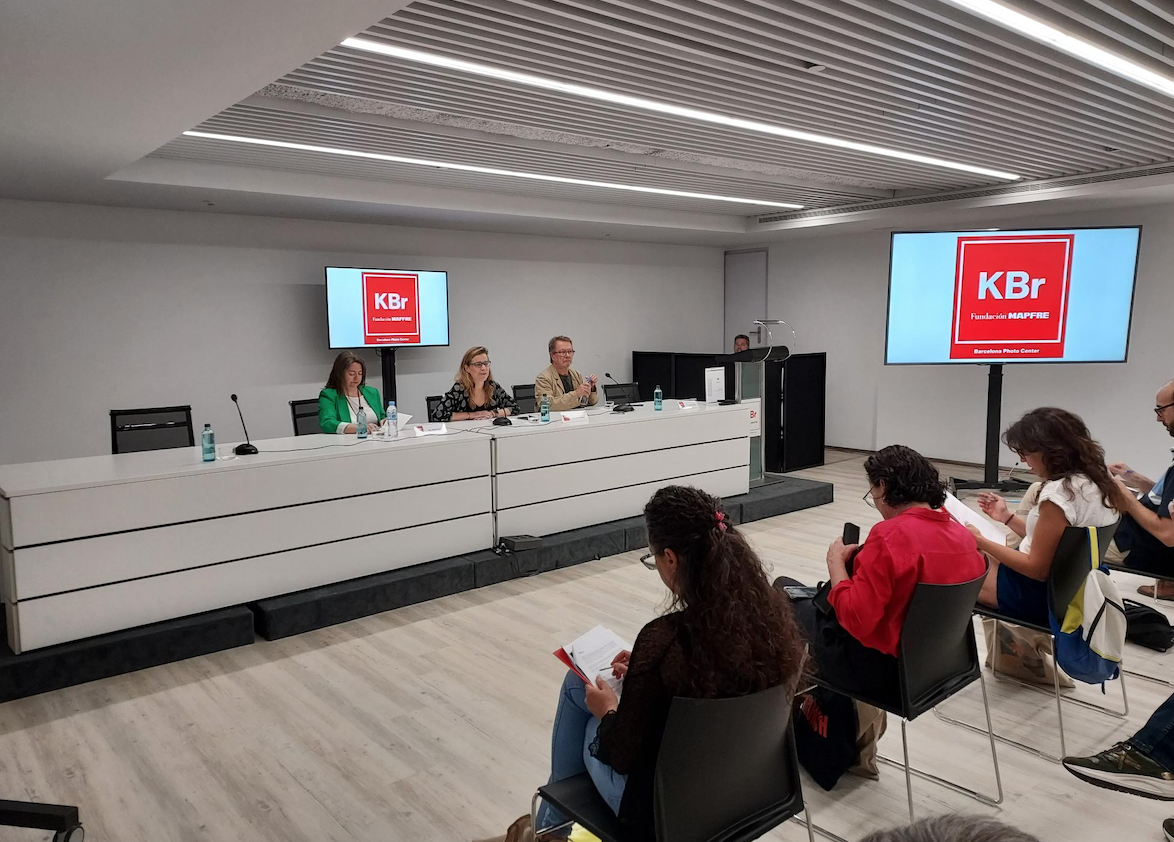
Tina Modotti's life was marked by some of the most important historical events of the 1920s and 1930s. Citizen of the world, as many have considered her, both her life and her work are surrounded by gaps that only later of an in-depth study have been able to be completed, although not entirely. The nomadic life he led and the agitated political militancy caused Modotti to leave suddenly from many of the countries where he lived, which, as the curator of the exhibition, Isabel Tejeda points out, "decontextualizes and disarranges the his production, so it is impossible to accurately date many of his images', although it can be stated that almost all of his photographic work was produced between 1923 and 1930.
During these Mexican years, and after his apprenticeship with Weston, the artist evolved from the perfection of abstract forms to a different and personal perspective conditioned by his way of seeing life, in which his attraction stands out for the human being and social injustices. He then portrayed the precarious conditions of workers, inequalities and misery in urban areas. It also focused on women and their role within the community, and on the forms and symbols of working class emancipation. In his desire to raise awareness, Modotti made images that denounce injustices and honor the dispossessed, some of which were for propaganda purposes and intended to be printed in magazines and other publications.
The Catalonia of Louis Anaud (1871-1872)
Of Burgundian origin, Jean Laurent, known in Spain as Juan Laurent, settled in Madrid in 1844, after passing through Paris. In 1856 he adopted photographic activity as a profession and opened his business at number 39 Carrera de San Jerónimo, in Madrid, reusing the studio of one of his predecessors, Charles Clifford. In 1861, Laurent was appointed photographer to Queen Elizabeth II. As a portraitist, he has bequeathed us a high-quality testimony of the society of his time, from popular types to the social and intellectual aristocracy of this period. In addition to portraits, Laurent reproduced works of art and reported on the construction of the railway or the Lozoya canal, and also captured views of cities and monuments throughout Spain with the help of photographers who hired, among whom Jules Ainaud stands out.
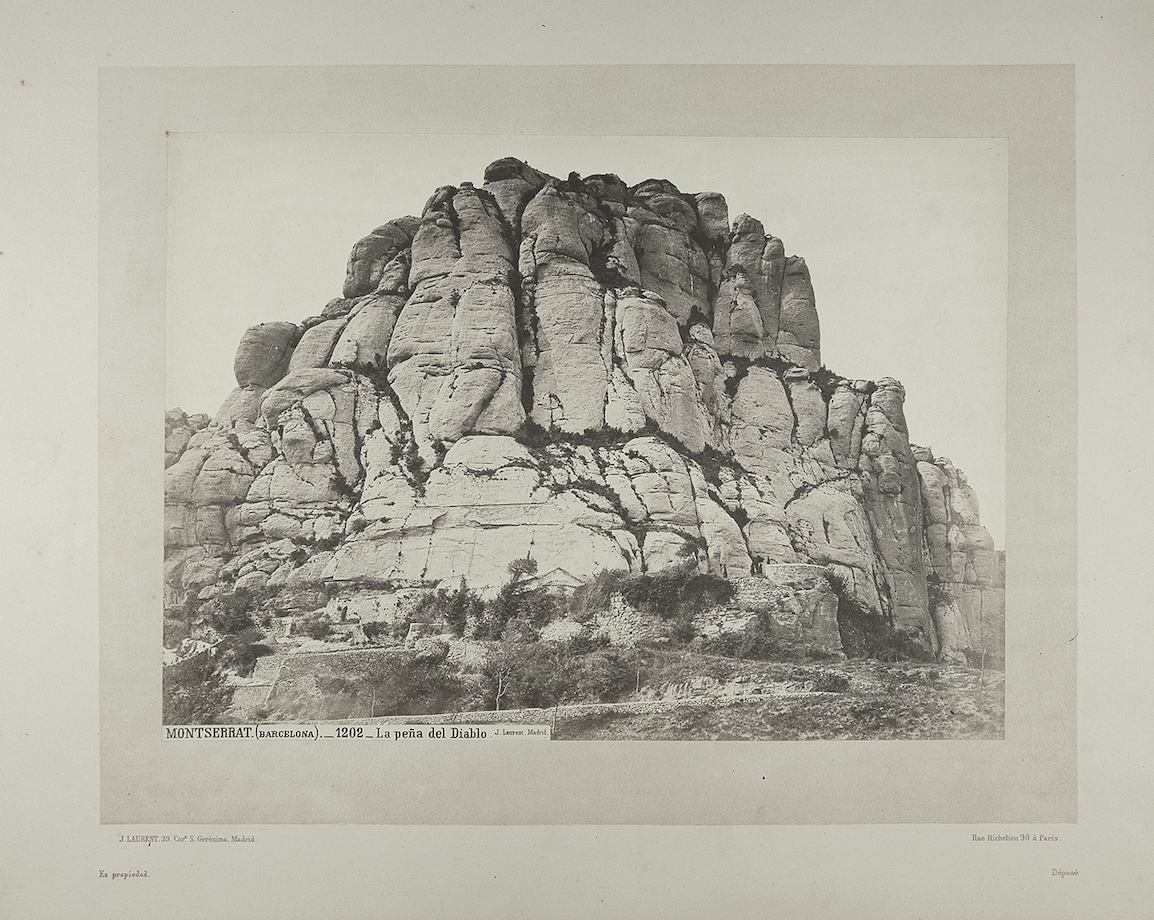 Jules Ainaud Montserrat (Barcelona). La penya del Diable, setembre del 1871. Arxiu Fotogràfic de Barcelona
Jules Ainaud Montserrat (Barcelona). La penya del Diable, setembre del 1871. Arxiu Fotogràfic de Barcelona
Between 1871 and 1872, Jules Ainaud (Lunèl, France, 1837 - Barcelona, 1900) made a trip through Catalonia with the task of photographing different places of interest. The result of this work, which we can see today in the rooms of the KBr photography center, was never recognized.
The aim of this exhibition is to publicize his work from those years, as well as to place the author in his rightful place in the history of photography. Ainaud collaborated with the photographic house Jean Laurent, which had been established in Madrid in 1856, but which had employees all over the Peninsula to do field work; this is the reason why the authorship is not mentioned in his photographs, because it was not until the middle of the 20th century that the author's rights over the work began to be legitimized.
The exhibition brings together one hundred copies on albumen paper from wet collodion glass negatives. Additionally, it includes fourteen stereoscopic views and thirteen reproductions of the glass plate negatives of these views, allowing one to appreciate the richness of image detail compared to works on paper. All these photographs were part of the catalogs that the Laurent company used for marketing between 1872 and 1879. The tour is completed with an oil portrait of Ainaud, documentation and four letters that talk about the trip that the author did for Catalonia in 1871 and 1872.
It has been more than 150 years since the set of photographs that Jules Ainaud took in Catalonia between 1871 and 1872 on behalf of the J. Laurent house were exhibited at the Ateneu Barcelonès for the first and only time. It had always been considered that these images were the property of the house that had commissioned them and that Laurent was the author. Today we know that they were taken by Jules Ainaud, just like the photographs of the Levant area that the house J. Laurent marketed between 1871 and 1879.
Jules Ainaud's Catalonia (1871-1872), which continues the line of exhibition programming started some time ago by the Fundación MAPFRE with the aim of deepening the knowledge of archives and photographic collections, presents, for the first time after the exhibition of 1872, the photographic work of this artist, to restore its legitimate authorship and make his work known. From the middle of the 19th century, photography began to be considered a business with a future and, in several European countries, companies emerged that exceeded their function as establishments where portraits were taken to go on to market and distribute reproductions of works of art, photographs of views of cities, monuments and landscapes, and also portraits of important personalities. Among these businesses, Bisson Frères stands out in France; the London Stereoscopic and Photographic Company, in the United Kingdom; Fratelli Alinari, in Italy, or J. Laurent, in Spain.


